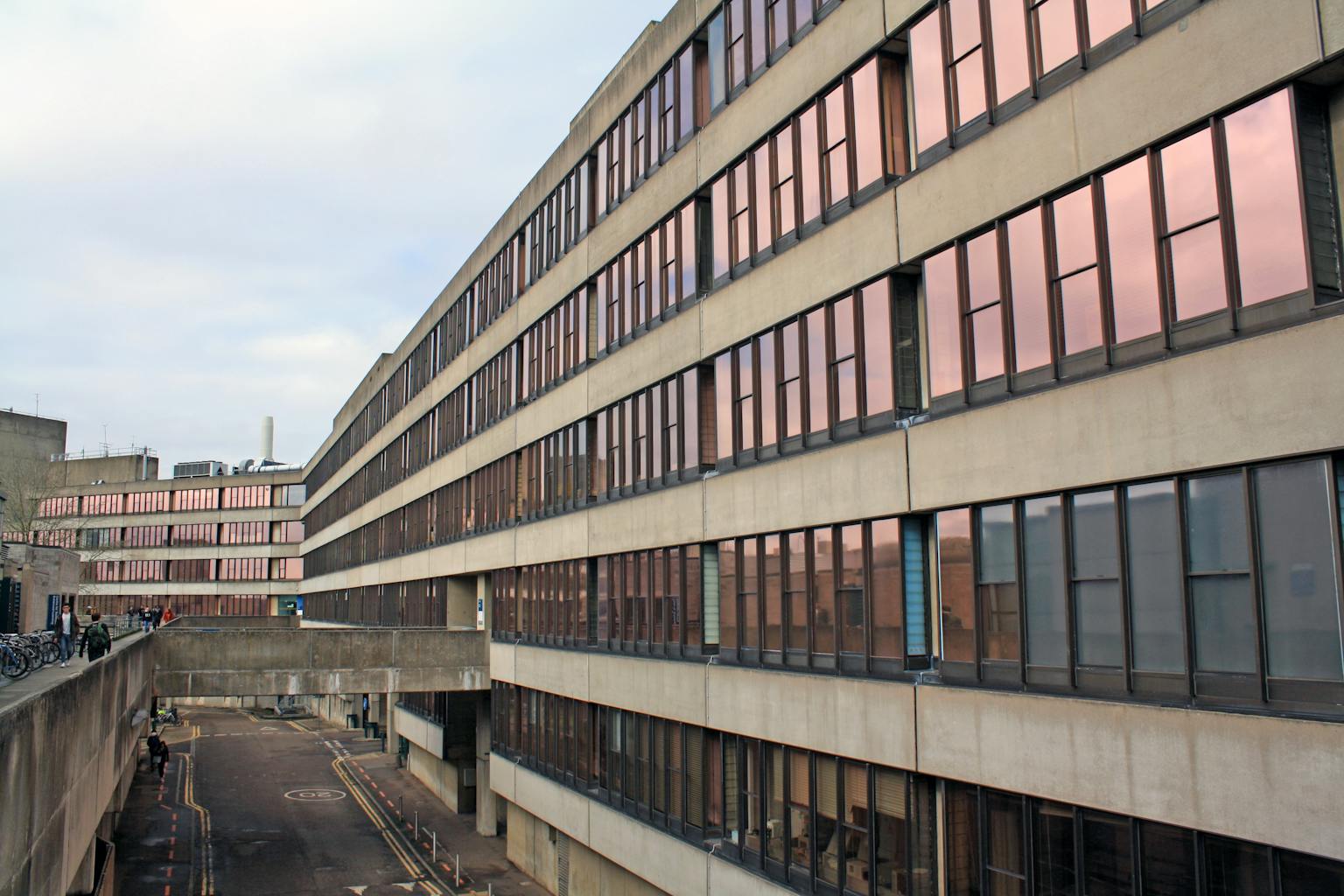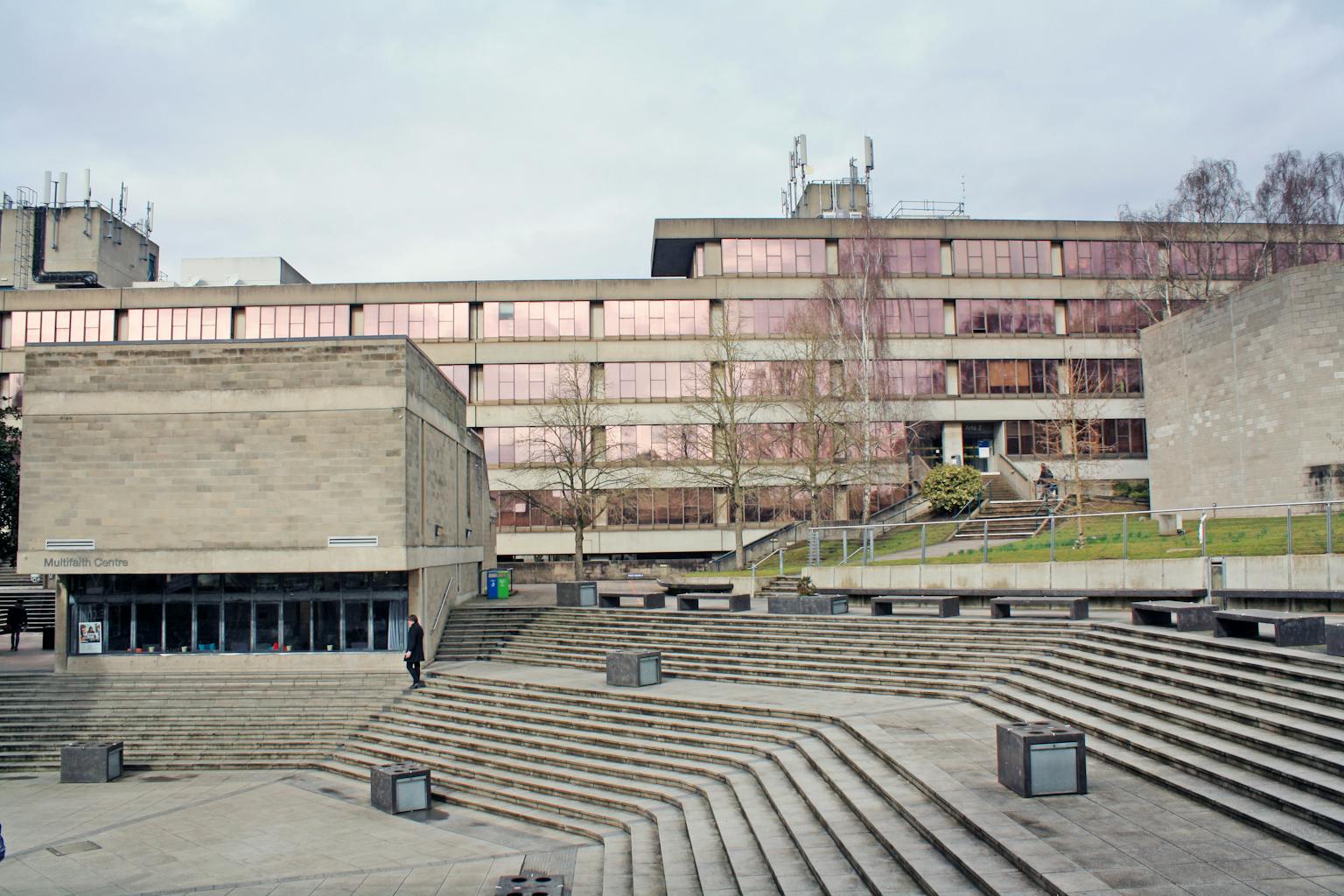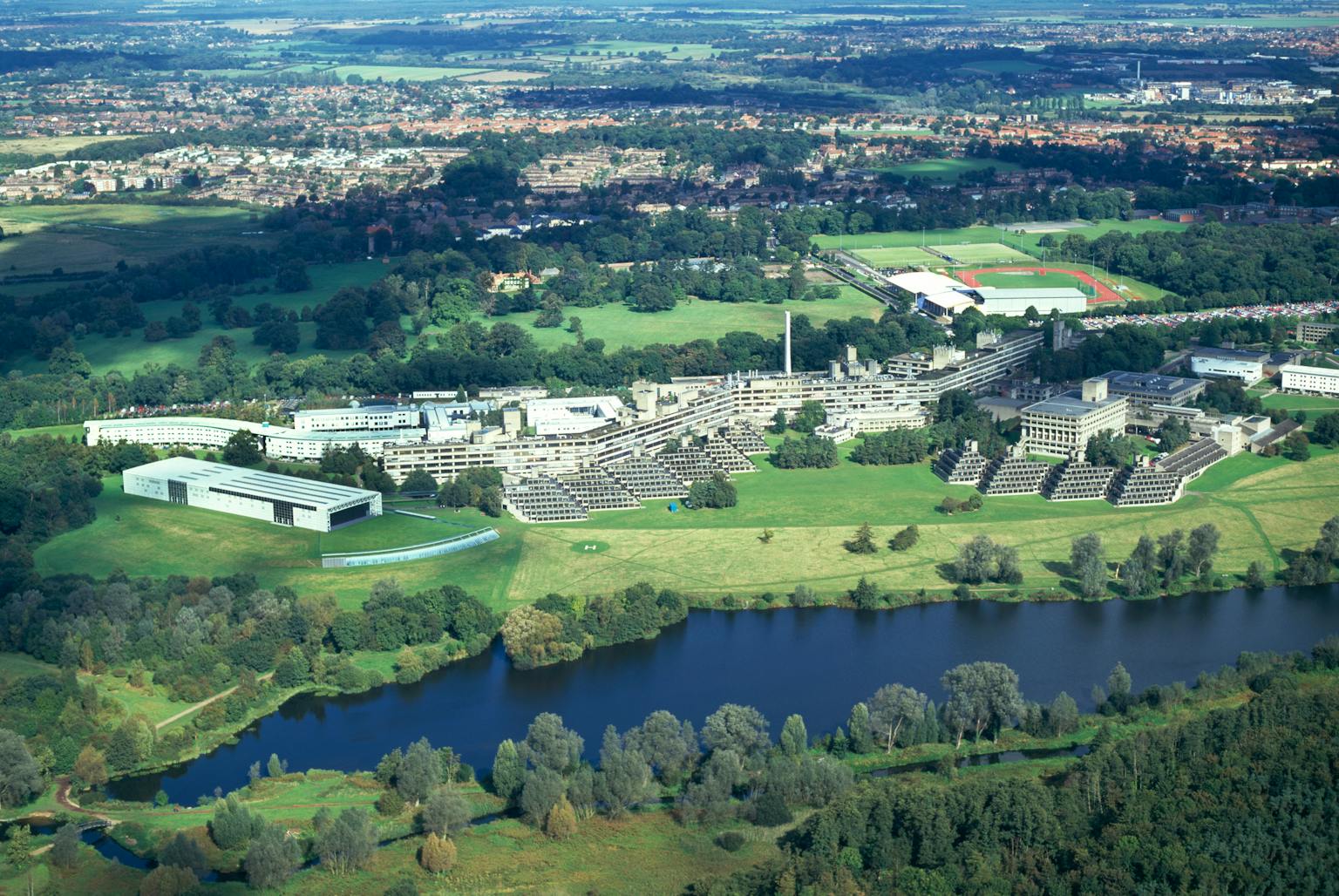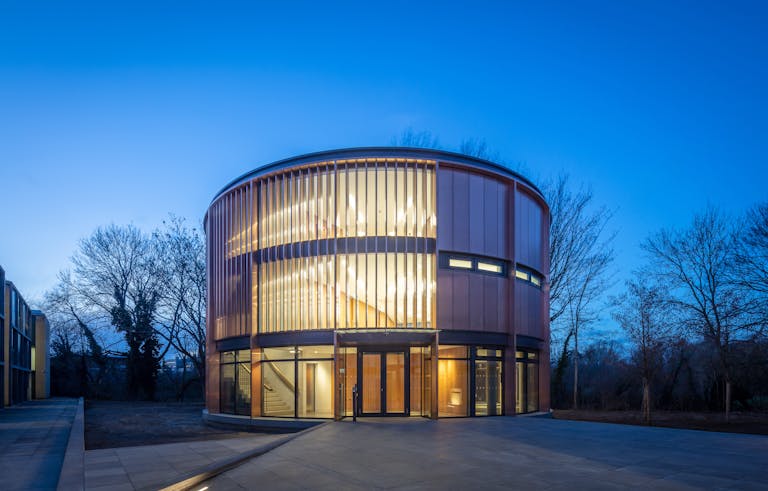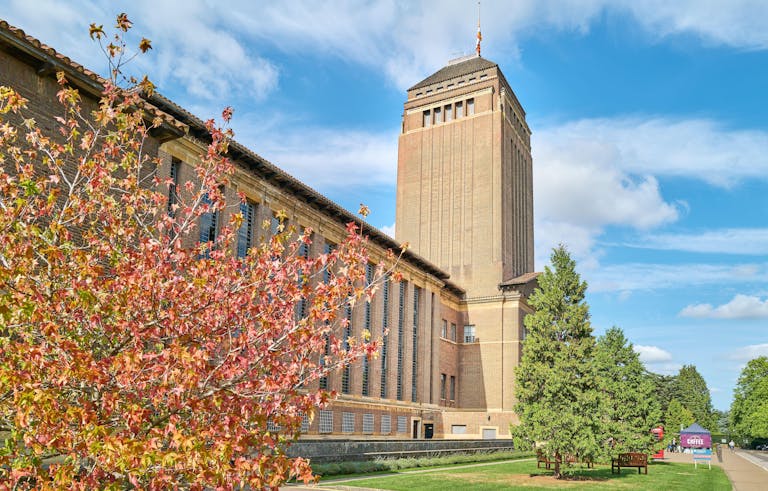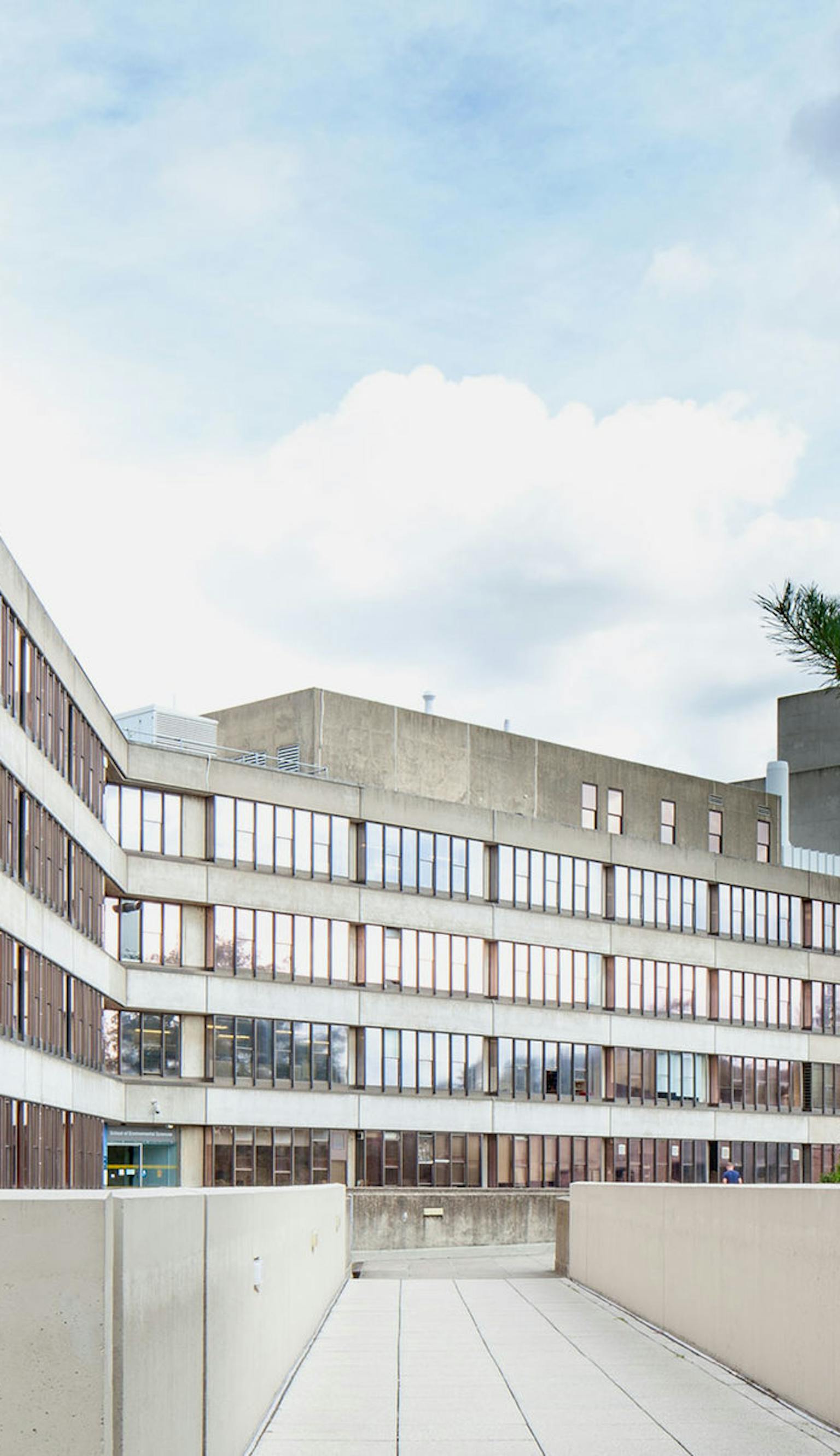
University of East Anglia
Conservation, adaptation, and refurbishment of a Brutalist icon
- Location
- East
- Client
- University of East Anglia
Purcell are working on a number of conservation, adaptation and refurbishment projects across the University of East Anglia.
From devising a Statement of Significance for the Lasdun Academic Teaching Wall, through to improving the versatility of campus space, Purcell’s work throughout the site will improve accessibility and flexibility while sensitively conserving its renowned Brutalist architecture.
The University of East Anglia (UEA) occupies one of the best examples of Brutalist campus architecture. Originally designed by Sir Denys Lasdun and built in the 1960s, the estate includes numerous grade II and II* listed buildings, and as its vibrant student accommodation increases, the campus continues to evolve and expand.
In 2019, Purcell were appointed as one of three architectural practices to the university’s framework and are delivering a number of refurbishment, adaptation and conservation projects across the site.
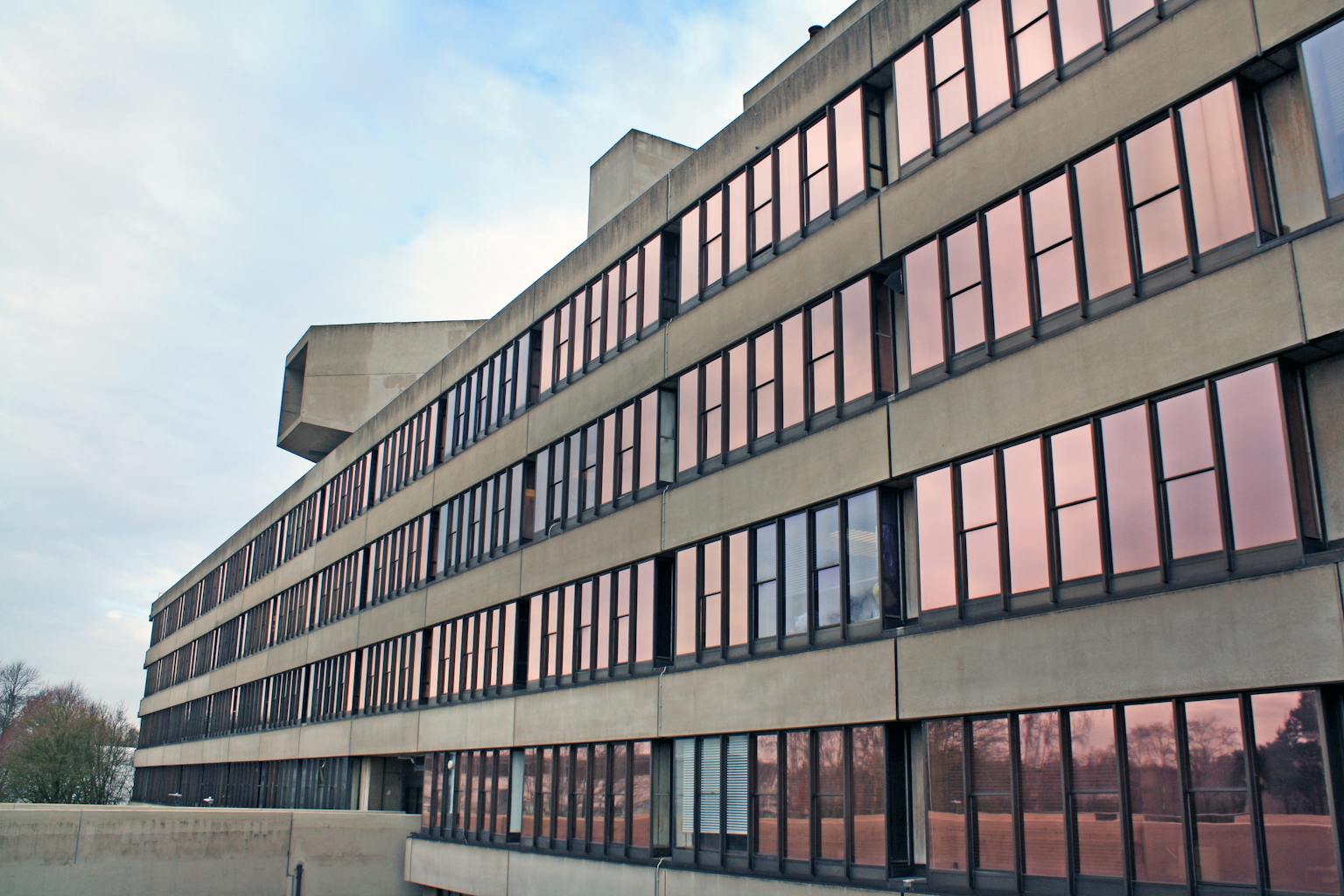
Changes in teaching practices have brought about further adaptation of spaces on campus. Due to this, our team are refurbishing some of the buildings across the university for increasing flexibility and use of space.
— Peter Buist, Partner
Sensitive restoration
At the Student Support Services building, our team have undertaken a survey and report aiming to improve the building’s environmental control and performance.
The UEA’s School of Computer Sciences was recently awarded the Centre for Doctoral Training, and to accommodate this change of use, Purcell are converting the D’Arcy Thompson room (located in the grade-II listed Lasdun Academic Teaching Wall) into a multifunctional space. Once this development is complete, it will be home to CDT research and its associated events, including workshops and hackathons, allowing its students to work in a flexible and collaborative manner.
Throughout our diverse work across the university, members of our architectural and heritage consultancy teams also participate in strategic advisory groups, supporting and advising the large UEA estate management team.
— Janet Jury, Partner
LASDUN ACADEMIC TEACHING WALL
In 2018, prior to Purcell’s framework appointment, our team provided a specialist heritage assessment for the Lasdun Academic Teaching Wall, referred to on campus as the ‘Teaching Wall’. The assessment has provided the university with an understanding of conserving the architecture for longevity while recognising its future scope for change.
The Teaching Wall was built in phases between 1964 and 1974 with the first phases designed by Denys Lasdun and Partners and the later phases, in a sympathetic style, by Feilden and Mawson.
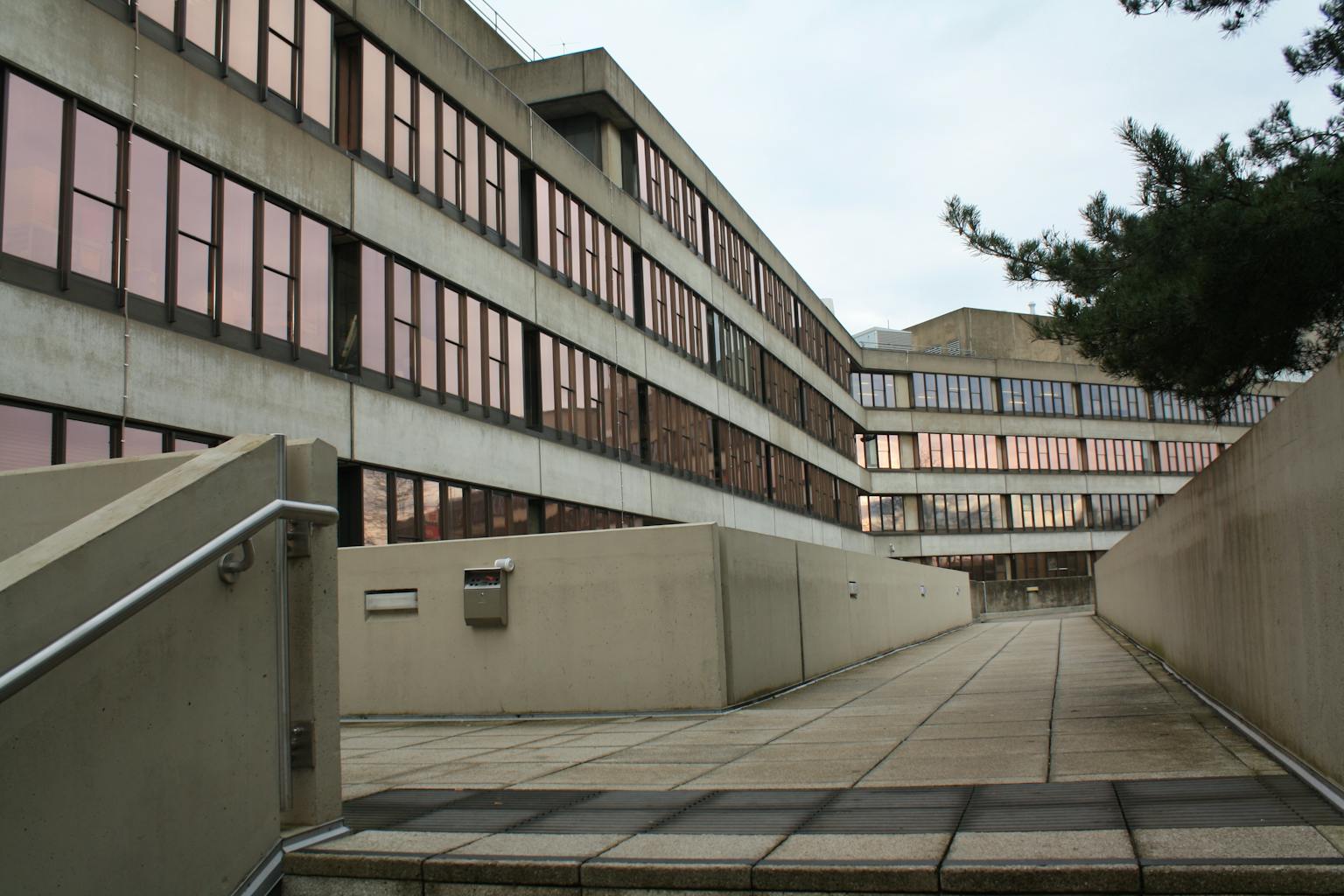
The building reflects the ideas of Frank Thistlethwaite, the university’s first Vice-Chancellor, who believed the university should have schools of study that interact with each other. The departments sit off a continuous central spine corridor creating this cohesion. The wall, with its angular bends reflecting the contours of the site, has strong horizontal lines which are accessed via a raised concrete walkway spanning between the teaching wall and the ziggurats.
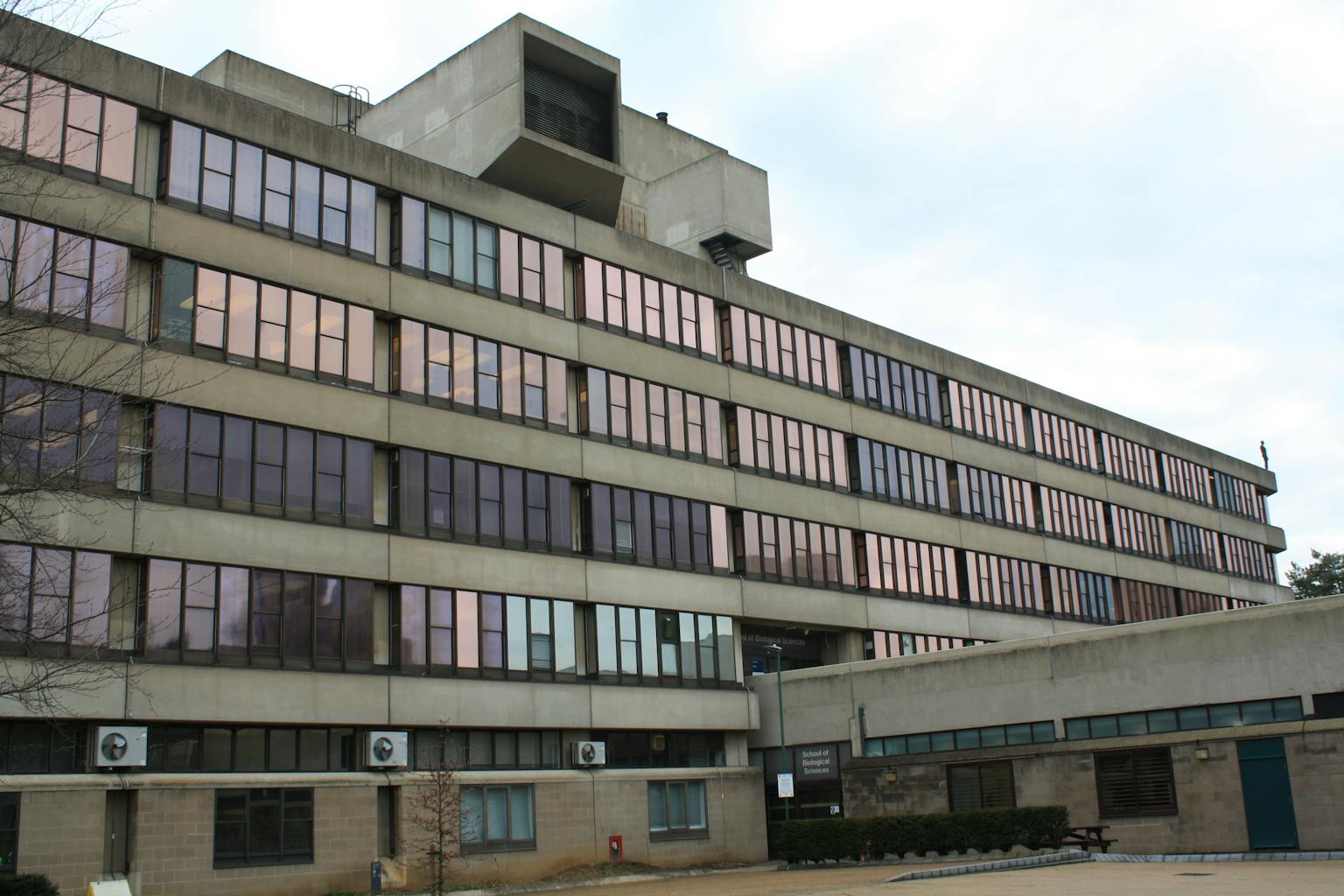
STATEMENT OF SIGNIFICANCE
To understand and conserve the teaching wall’s heritage, our Statement of Significance was complemented by a second commission for a detailed analysis of the built fabric. The Assessment of Significance identified the teaching wall as an important reflection of the architectural ideals and principles of Brutalism, of the universities that emerged in the 1960s and the work of Denys Lasdun.
The architecture makes an important contribution to the masterplan of the campus and its materiality exemplifies Lasdun’s love of concrete. Our built fabric analysis report focused on the interior spaces, identifying the level of survival across the building in terms of plan form, finishes and features.
The reports together provide a comprehensive basis for collaborating with the statutory authorities regarding future change, which is needed to accommodate the changing teaching, research and welfare requirements of the twenty-first century.
— Rowenna Wood, Associate and Heritage Team Leader
Our Statement of Significance in addition to a range of projects to improve the versatility and accessibility of campus space will allow the University of East Anglia to readapt its site for flexibility, while equipping them with an understanding of their site’s historic fabric and the future scope for change.
